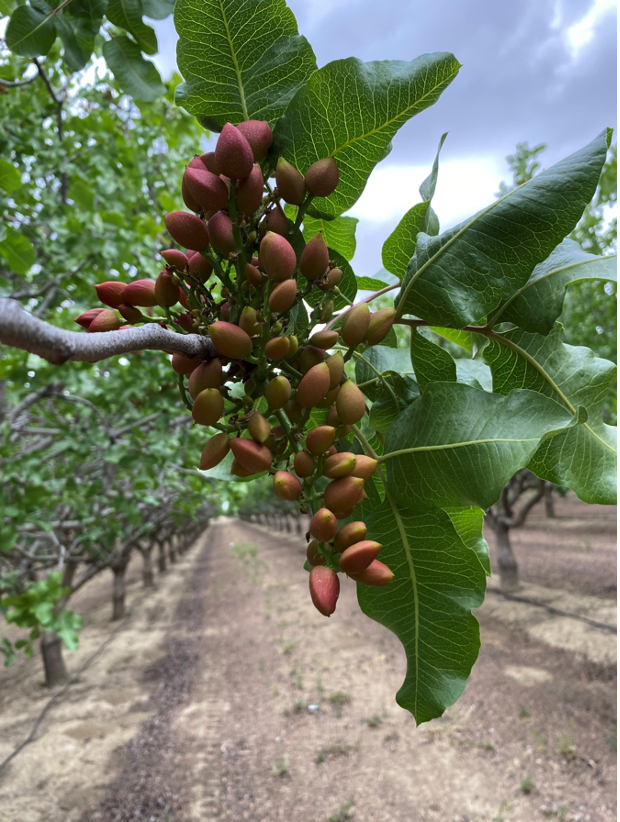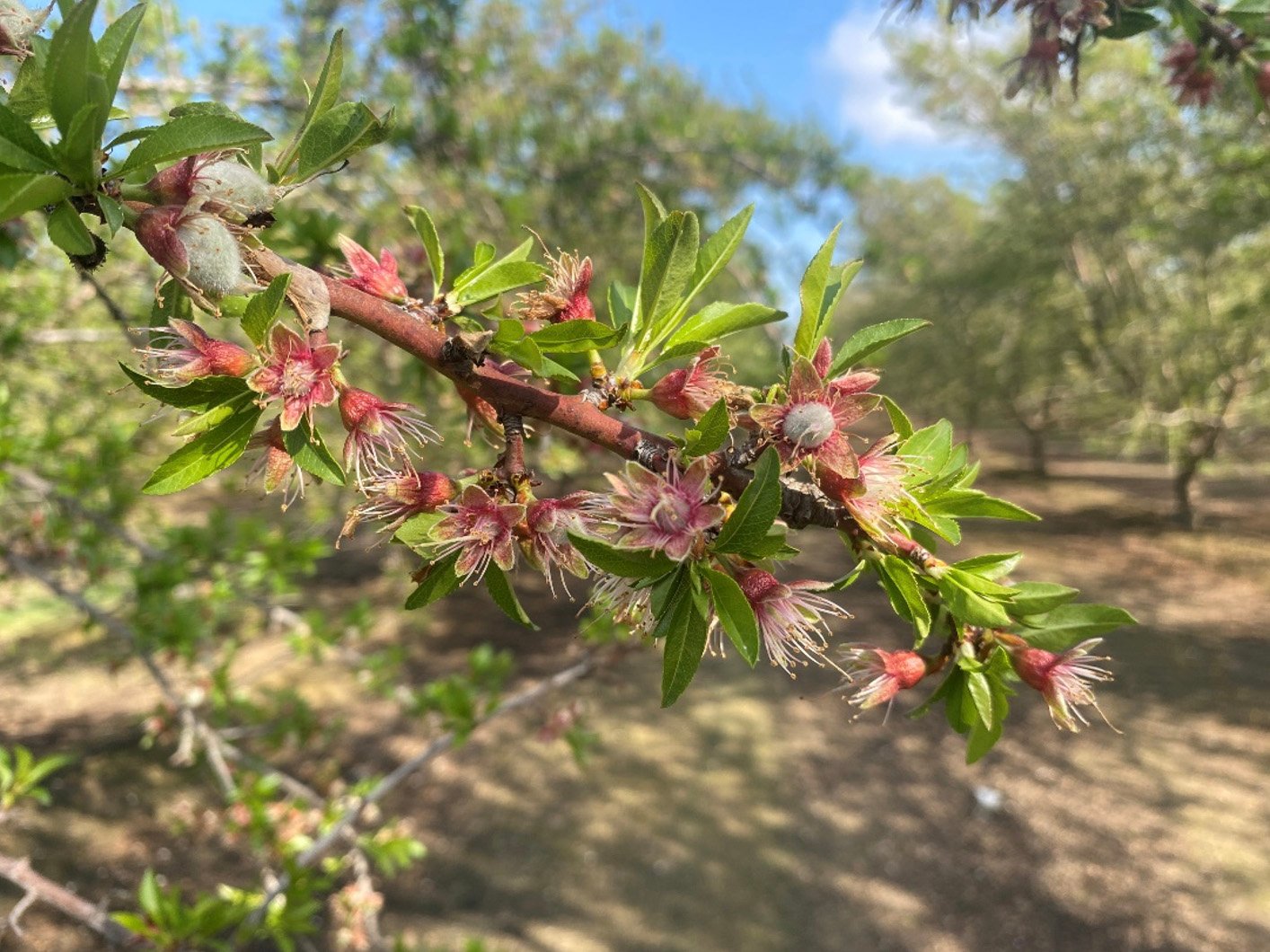
By Travis Goldman
Post-Harvest irrigation management in wine grapes is just as important as any other permanent crop. Despite the fact the vine is no longer supporting grapes, we still have to maintain proper water availability to the vine to support vine function. By reducing stress our vines, we will allow the crop to continue photosynthesis to create stored energy in the form of carbohydrates for next year’s bloom.
Post-harvest soil rehydration will vary depending on your soils, application rate, and soil depletion. Some soils will only lose their top moisture but others will have to rebuild their entire profile. Despite variance among ranches, it is still important to rebuild the profile as soon as possible to reduce vine stress.
More times than not we see a situation where we are fighting to get water down to the deeper profile, but not enough water is run to drive gravitational flow to the deeper root zone. These shorter sets prolong stress to the vine by excessively watering the shallower root zone and drying down the deeper root profile. In this example, 14-hour irrigation was settled upon for October 5th but was broken into two irrigations spanning 5 days by the ranch manager. From October 6th through the 16th the shallow root zone was stressed from excess water while the deeper root zone was deprived.

On October 20th a 12-hour irrigation was run and proper soil tension was regained throughout the root zone by October 27th. For this block, proper soil rehydration after harvest took 22 days.

After our October 5th and 10th scenario, the grower and I settled on running a longer set in the next block on October 11th. This block was irrigated for 12.5 hours and was able to properly rehydrate the entire root zone. Less than two days after our post-harvest irrigation, we see the entire root zone back within the soil tension comfort zone and healthy root pull is reestablished. For the remainder of the month, the vines would be irrigated for 10-12 hours weekly until the end of October and will be moved to a 10-day cycle in November.

In these two cases, we can see that insufficient irrigation practices led to 22 days of irregular soil conditions for the first block but only 2 days in the second block. By properly rehydrating the soil profile in our second block our vines were able to get back to normal vine function in a fraction of the time. With proper irrigation management, we can work more efficiently across our ranches and set our vines up to build stored energy for a more prosperous spring.
For additional questions on irrigation management in vineyards, please contact your local Hortau Irrigation Advisor.

About the Author
Irrigation Management Advisor Travis Goldman was born and raised in Watsonville and currently provides irrigation scheduling services to growers in California’s Central Valley. He graduated from UC Davis and has worked throughout California as a service technician, grower support specialist and irrigation management advisor to learn and understand every aspect of Hortau’s irrigation management platform.





